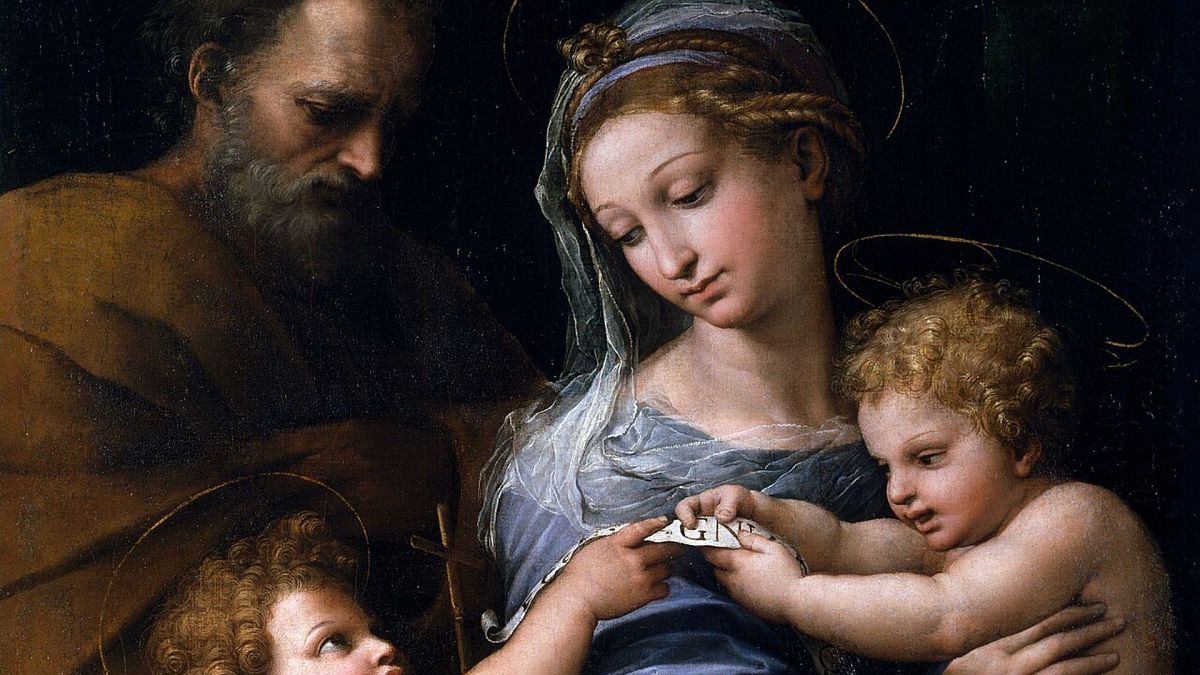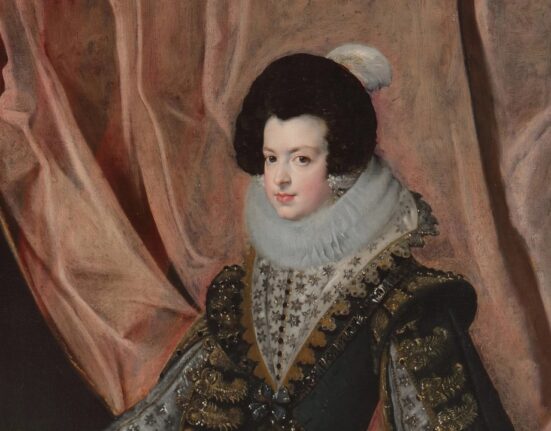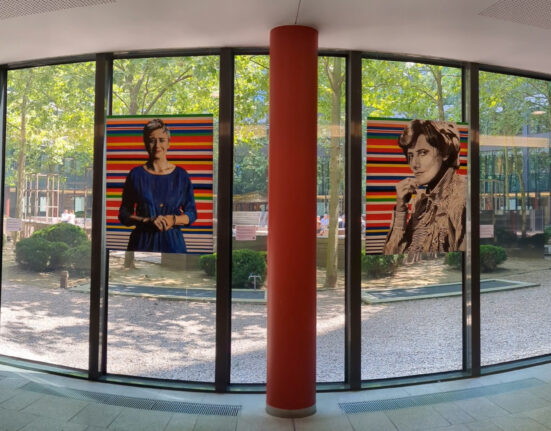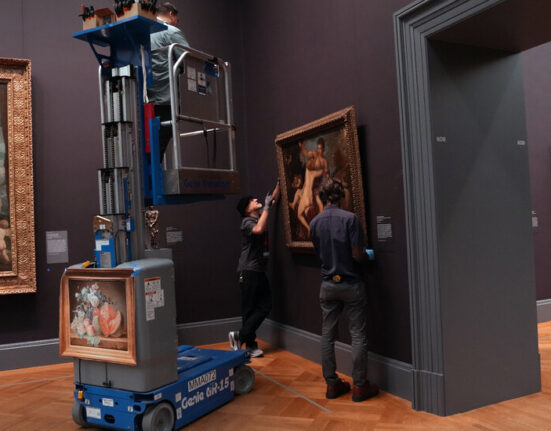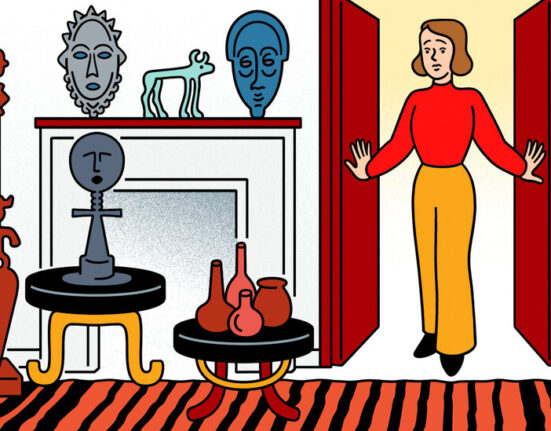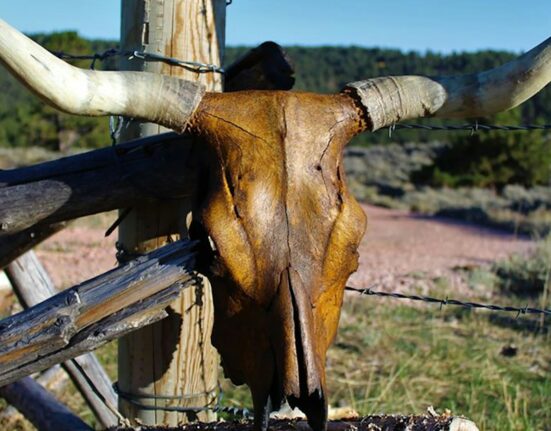A renowned painting by Italian artist Raphael features a face that was not created by the Renaissance Master, suggests a new artificial intelligence analysis.
For centuries, the Madonna della Rosa, a renowned Raphael painting housed in Madrid’s Museum del Prado, has been the subject of heated debate among art experts and enthusiasts.
The mystery surrounding the artwork led to speculations about contributions from other artists, such as Raphael’s pupil Giulio Romano, or the possibility that specific elements were painted by someone else.
Some art historians argued for attributing the work to Raphael’s workshop, while others questioned the authenticity of certain details, like the lower section with the rose.
However, a recent breakthrough has emerged as a group of researchers from the Universities of Nottingham, Bradford, and Stanford utilised intelligence-based deep feature analysis to examine the painting.
Their conclusion suggests that the majority of the artwork is indeed by Raphael, but the face of Joseph is likely the work of a different artist.
How was the analysis carried out?
Professor Hassan Ugail, director of the Centre for Visual Computing and Intelligent Systems at the University of Bradford, developed an algorithm with a 98% accuracy rate in recognising authentic works by Raphael.
“Using deep feature analysis, we used pictures of authenticated Raphael paintings to train the computer to recognise his style to a very detailed degree, from the brushstrokes, the colour palette, the shading and every aspect of the work. The computer sees far more deeply than the human eye, to microscopic level,” explains Professor Ugail.
He adds: “When you present an image to the computer, it will give a binary classification of whether it’s an authentic Raphael or not, with 98 per cent accuracy. Now we can say with great confidence whether a painting is an authentic Raphael or not.”
Initial testing on the Madonna della Rosa as a whole yielded inconclusive results, prompting the researchers to analyse individual sections.
While most of the painting was confirmed as Raphael’s, the face of Joseph stood out as likely not created by Raphael.
In the case of the Madonna, the initial testing indicated 60% attribution to Raphael, and subsequent sectional analysis pinpointed the face of Joseph as the element not consistent with Raphael’s style.
The research team had previously applied artificial intelligence-assisted facial recognition to the de Brécy Tondo, a mysterious painting resembling Raphael’s Sistine Madonna.
The computer analysis, building on pigment analysis by Professor Howell Edwards, affirmed it as a work by Raphael, firmly categorising it in the Renaissance era.

